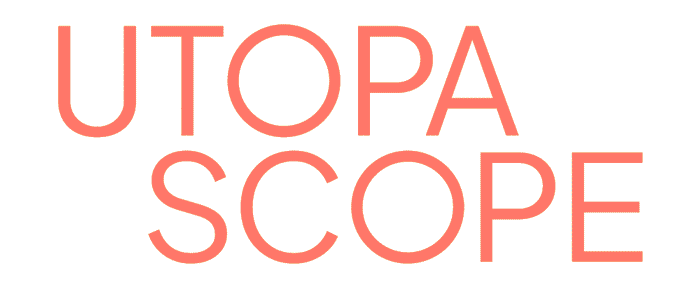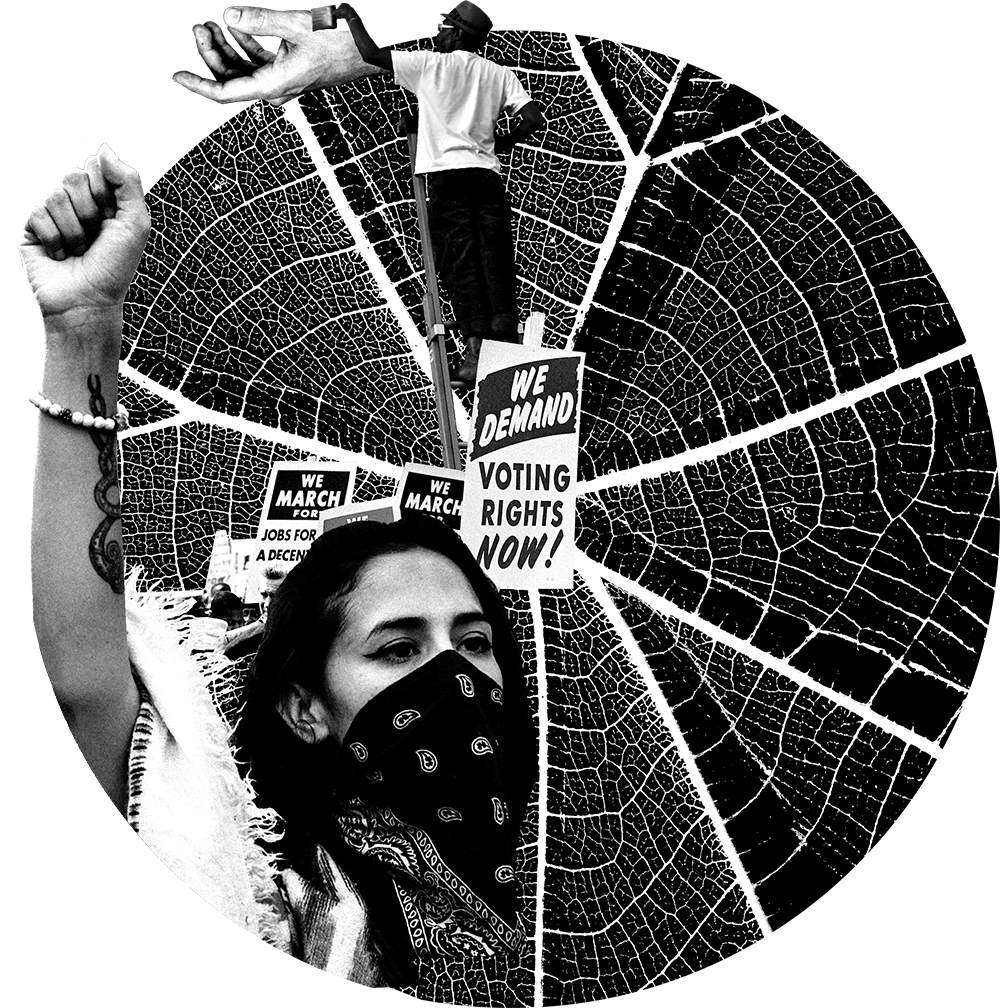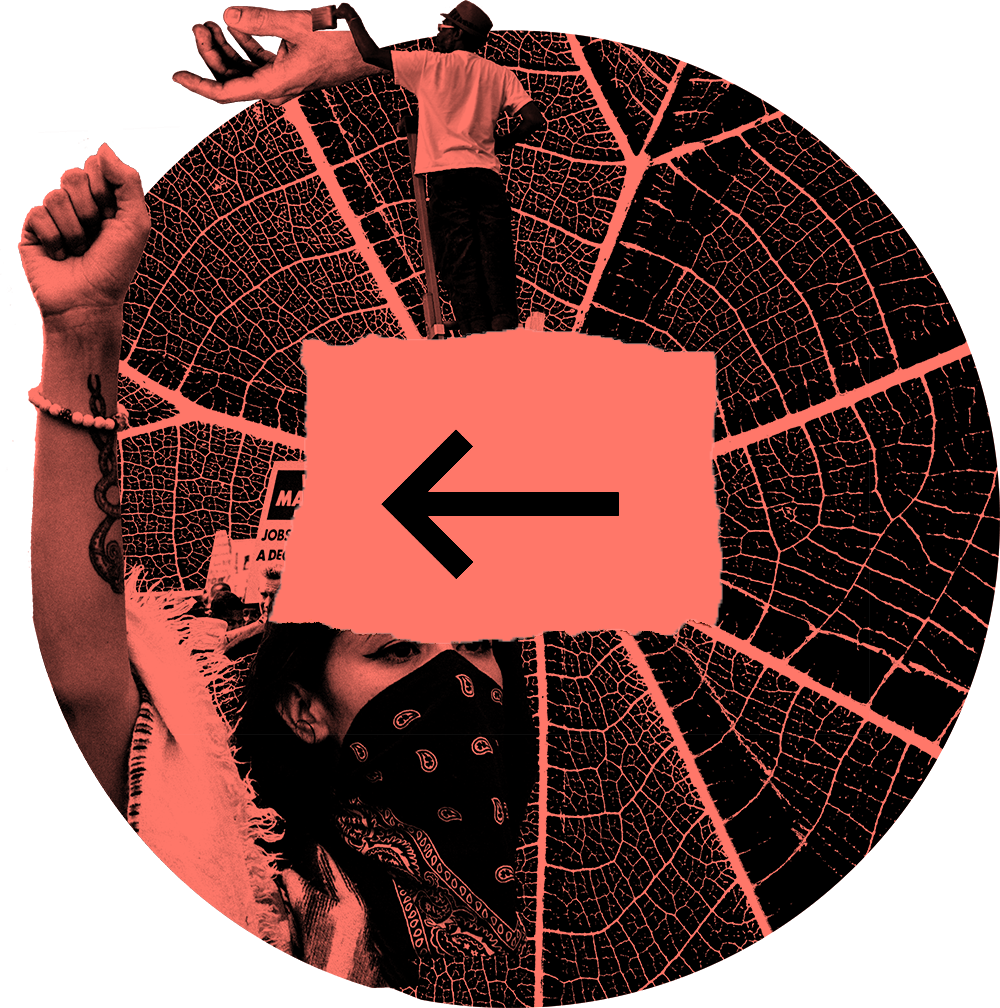Confront white supremacist attitudes
vote to organize!
At the top of the pyramid of hate, fascism is the most critical form to counter. This ultranationalist system explicitly aims to extinguish groups through genocide or bias-motivated violence. Fascist forces are at play in social, economic, and political spaces that benefit white people while marginalizing others. Individuals can organize in groups to fight both overt fascism and subtler forms of white supremacy. While community organizations should rightfully focus on stopping genocide, we should also strike at the root of white supremacy by addressing the lower layers of the pyramid before they infect their hosts: systemic discrimination, prejudicial power, and bias.
Have your organization’s white members address their own implicit and unconscious biases. If the group is dedicated to fighting white supremacy in mission and practice, these are hopefully few. But it is only human for our minds to process information unconsciously most of the time, and in a social system built on white supremacy, everybody has that biased lens and is capable of defaulting to it. We need to critically recognize and understand this. Individually, it is important for any white organizers to first understand and acknowledge the privileges that they have in their lives. Any privilege can become invisible to a person when they so strongly benefit from it. We must recognize that while each of us faces challenges in our lives, privilege exists to systematically oppress others, not make life perfect for groups with privilege.
As in any organization, voices of marginalized and historically oppressed people should be prioritized in meetings and discussions about needs, tactics, and strategies. If your group lacks these voices, take some time to seriously consider why. With the biases and privilege of your group members in check, make a plan to break any barriers to entry people might experience. Where possible, make your activities more accessible, both physically and intellectually. Meet in spaces that are compliant with Americans with Disabilities Act guidelines and on public transit lines, ensure good audiovisual quality, provide captions and American Sign Language translators when possible, avoid jargon in presentations and discussions, and provide childcare for participants.
With non-white organizers in your group and others taking the lead, externally organize for the rights of marginalized communities and the most pressing issues they face. These initiatives could be related to issues of environmental racism, reparations, labor, or anything currently affecting people and determined by the group as a primary focus. Choose one cause, stay focused, set goals, make demands, and work toward those goals together. Ensure that fellow organizers stay motivated by celebrating small wins and gradually expanding goals to be broader and deeper. Assess the effectiveness of your efforts by judging outcomes against your goals, and by surveying yourselves and any external partners.
Much of the work to counter bias, prejudice, and discrimination is personal and individual, but organizations can help to educate, nurture, and foster these open attitudes in people, while uncovering unconscious attitudes that people may not normally be aware of, through art, performance, events, and publications. Create programs that get people to ask questions of themselves and their activities:
- Who am I afraid of? Why am I afraid of them?
- What are some times in my life when I was helped?
- Do I check my assumptions about people who are different from me?
- Do I challenge racist jokes when I hear them?
- Do I play “devil’s advocate”?
- Do I unwittingly favor the opinions of white men in my group? Do I carefully consider all opinions?
- Do I listen to and learn from others’ lived experiences, which may be different from my own?
- Do I educate myself about institutionalized racism so that others do not have to carry the emotional burden of educating me?
- Did my family have food security when I was growing up?
- What is it like for me when I have to interact with the police?
- What has been my experience with job interviews?
Screen documentaries and host reading groups for books that take in-depth, critical viewpoints on history and the lived experiences of marginalized people. Together, read the narratives of people who were enslaved to build the wealth of the United States, histories written by Native Americans, or Afro-Futurist science fiction.
Consider instituting a “stack” procedure for meeting discussions. A stack is an ordered list of participants in a meeting who wish to speak, usually managed by a facilitator. Participants raise their hand during a round of discussion to get on stack, and when it is their turn the facilitator calls on them. Two approaches to this are the single-turn stack and the progressive stack.
- A single-turn stack is one in which no participant may speak twice until everyone has contributed or ceded their turn.
- A progressive stack is one in which the facilitator prioritizes the turns of people from traditionally marginalized backgrounds.
Both have their benefits and drawbacks. While a progressive stack allows people who don’t always have a voice to be heard, if not instituted properly it may give the “last word” to privileged or even hostile voices. A single-turn stack is an equitable approach, but if the culture of your organization is not warm and welcoming, participants will not feel safe contributing to the conversation. Together, consider options that are best for your organization and implement them equitably.
While you can’t control the attitudes and actions of others, it should not dissuade your organization from trying to help them change. It’s never too late. Find a playbook or create your own blueprint for engaging with others: plant progressive seeds through civil conversation, show vulnerability, disagree respectfully, empathize with the pain of others even if you disagree with them, and focus on your motivations to help others and to improve the lives of everyone.
Most importantly, work as hard as you can to make your organization a successful, permanently multi-racial coalition of people. Excluding marginalized groups—however unintentionally—limits the impact any effort can have. Organizing from within a bubble is not only unequitable, it leaves out the diversity of viewpoints that is needed to create real, sustainable change. We often discover that we unwittingly become vectors of white supremacy, but what is most important is that we learn how to recognize it in ourselves and our communities, and are willing to learn from mistakes and better ourselves and, thus, the world.




